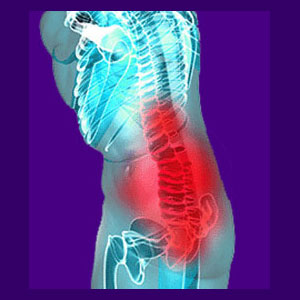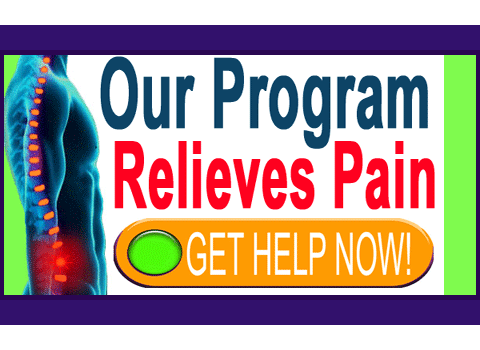
Driving back pain is a particularly common form of sitting back pain. Seated posture in a car seems to exacerbate many lower lumbar pain syndromes. Driving is indeed a dreaded activity for many low back ache patients. The physical requirements of driving, along with certain psychological factors, can all be contributing causes to agonizing symptoms in the car. The actual cause of pain may vary from patient to patient, but the results are always unpleasant. This is certainly a type of pain I can relate to in my past, since I had to drive distances to work and often sat in the car for hours at a time during surveillance operations. Not good memories there…
This interesting dialog provides some factual information about why so many people suffer exacerbated back pain when driving.
Structural Driving Back Pain
Driving involves sitting, often for extended periods of time. This static seated position can make our muscles stiff and sore. Oxygen deprivation back pain is possible from long periods of sitting in a car. The seated position is certainly not conducive to good lower body circulation.
Sitting places a large amount of stress on the lower back. The seated position increases lumbar spinal pressure dramatically. If the patient suffers from a lumbar herniated disc, the seated position can apply painful pressure to the injury. Driving also involves abundant reaching and head movement. This can set the stage for muscular back pain, especially when other stress factors are involved.
Driving during bad weather, in heavy traffic, or when you are late, are all factors that increase the chances of muscular injury. When the mind is stressed, the body becomes tense and prone to injury.
Many sciatica patients suffer acute pain from operating the pedal controls in a car. The pressure required to accelerate and brake can be painful, and if they drive a manual, the clutch can be a real killer.
Psychogenic Driving Back Pain
Psychological back pain is another common cause of driving-related symptoms. Emotional issues associated with work often express themselves physically in a way that relates to the problem. If you need to drive to work, then that activity might be a perfect trigger for psychosomatic symptoms. If you have too many family oriented errands that need to be done, you might subconsciously view time spent in the car as purgatory. You probably want to do these important things for your family, but deep down you might feel under too much pressure.
Psychological causation can be very subtle and is extremely common with all activity-related back pain conditions. We have all heard that sitting and driving are bad for our backs. This nocebo effect can set the stage for psychosomatic back ache, especially if we need to sit or drive a lot in our lives.
Help for Driving-Related Back Pain
Driving pain can be caused or aggravated by purely physical reasons, as mentioned above. These are typically easy to diagnose and should respond favorably to treatment. However, I am inclined to think that even if a physical reason is present, psychological contributors can worsen the pain. Stress is a truly terrible factor in life. Who does not get stressed at least occasionally when driving? Rush hour? Traffic? Yikes.
Analyze your pain. Try to determine what is causing you to suffer. Is it sitting in general, operating the vehicle’s pedals or the stress of traffic? Maybe you dread going to your job or even returning home at night to an unhappy family situation.
Driving back pain can be far more complicated than it first appears. Get the facts on your pain, then seek the right treatment to resolve it. If the traditional medical approach to care does not work for you time and time again, then maybe consider the alternative path provided by the risk and cost-free knowledge therapy option.




